The Best Companion Plants For Peas
The Best Companion Plants for Peas
Peas are a delicious and versatile vegetable that can be enjoyed in a variety of dishes. They are also relatively easy to grow, but there are a few things you can do to help them thrive. One of the most important things is to choose the right companion plants.
Companion planting is the practice of planting different types of plants together that benefit each other. There are many different companion plants that can be beneficial for peas, but some of the best include:
- Carrots. Carrots and peas are both root vegetables, so they have similar growing requirements. They also help to deter pests from each other.
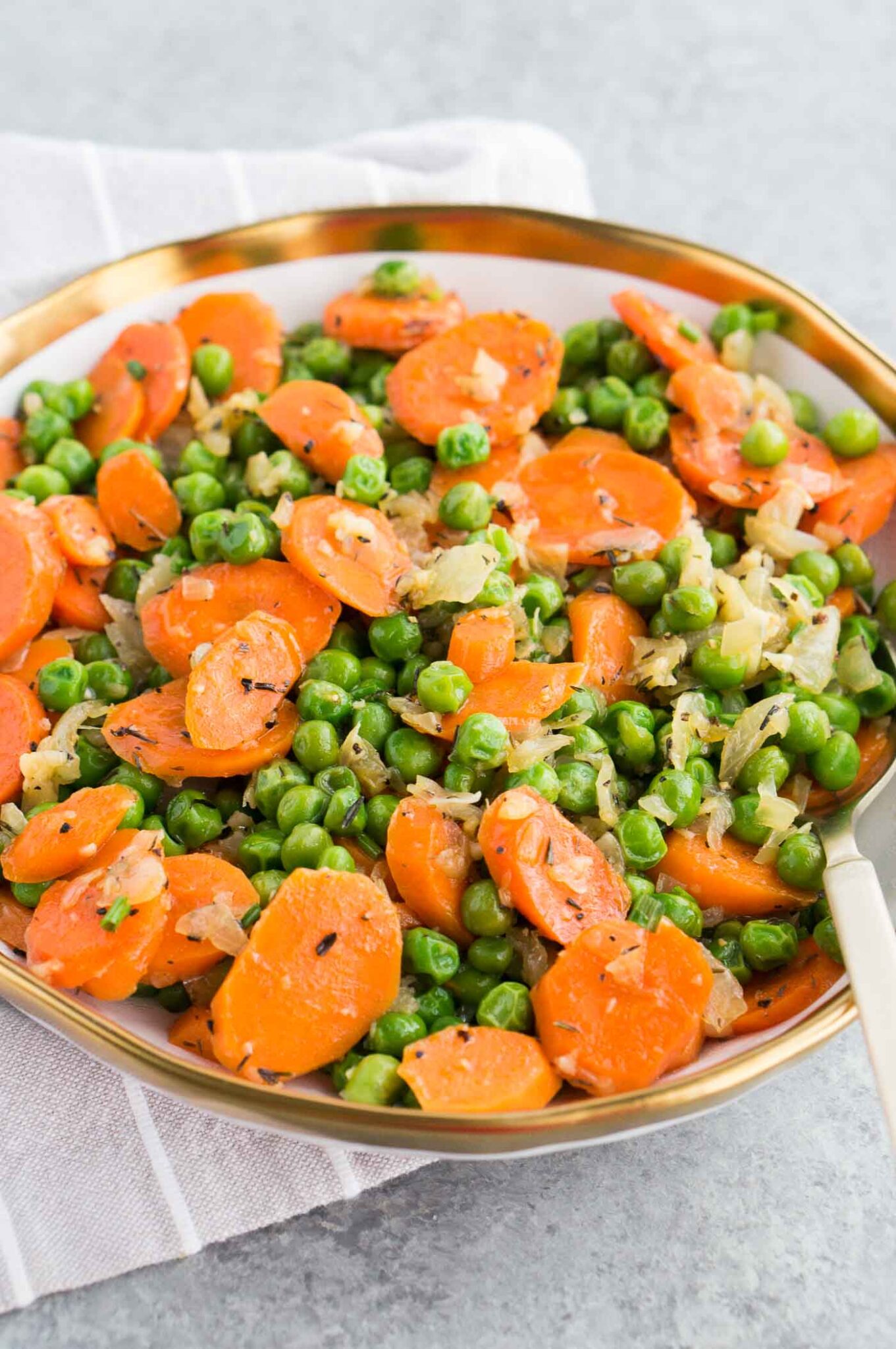
- Celery. Celery is a nitrogen-fixing plant, which means it helps to add nitrogen to the soil. This is beneficial for peas, as they need nitrogen to grow. Celery also helps to repel pests and diseases.
- Cucumbers. Cucumbers and peas can help to shade each other from the sun, which can be beneficial in hot climates. They also help to attract pollinators, which are essential for both plants to produce fruit.

- Lettuce. Lettuce and peas are both cool-weather crops, so they can be planted together in the early spring or fall. They also help to suppress weeds and attract beneficial insects.

- Onions. Onions help to repel pests from peas, such as aphids and spider mites. They also help to improve the flavor of peas.
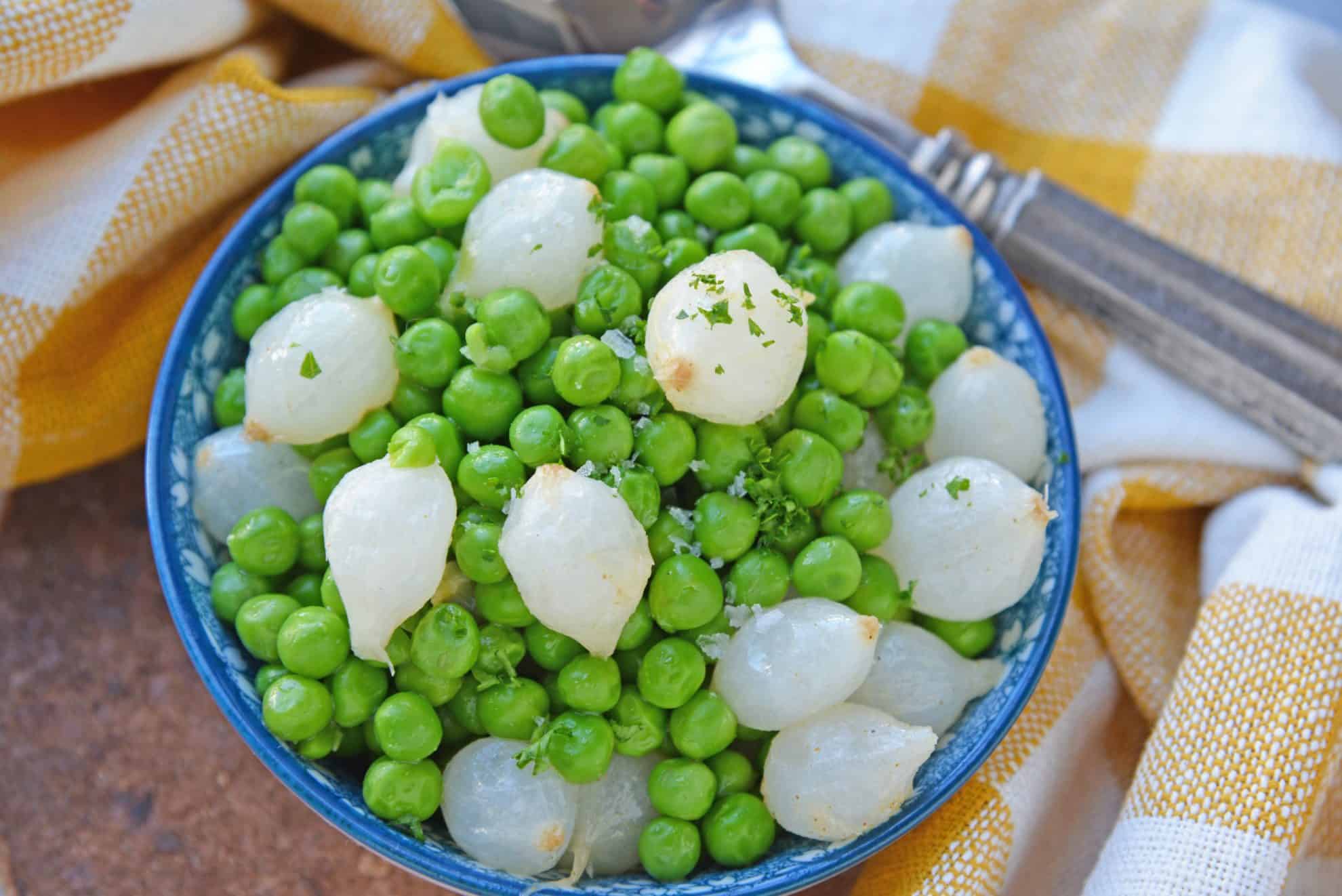
- Radishes. Radishes are a fast-growing crop that can be planted between rows of peas. They help to improve the drainage of the soil and deter pests.
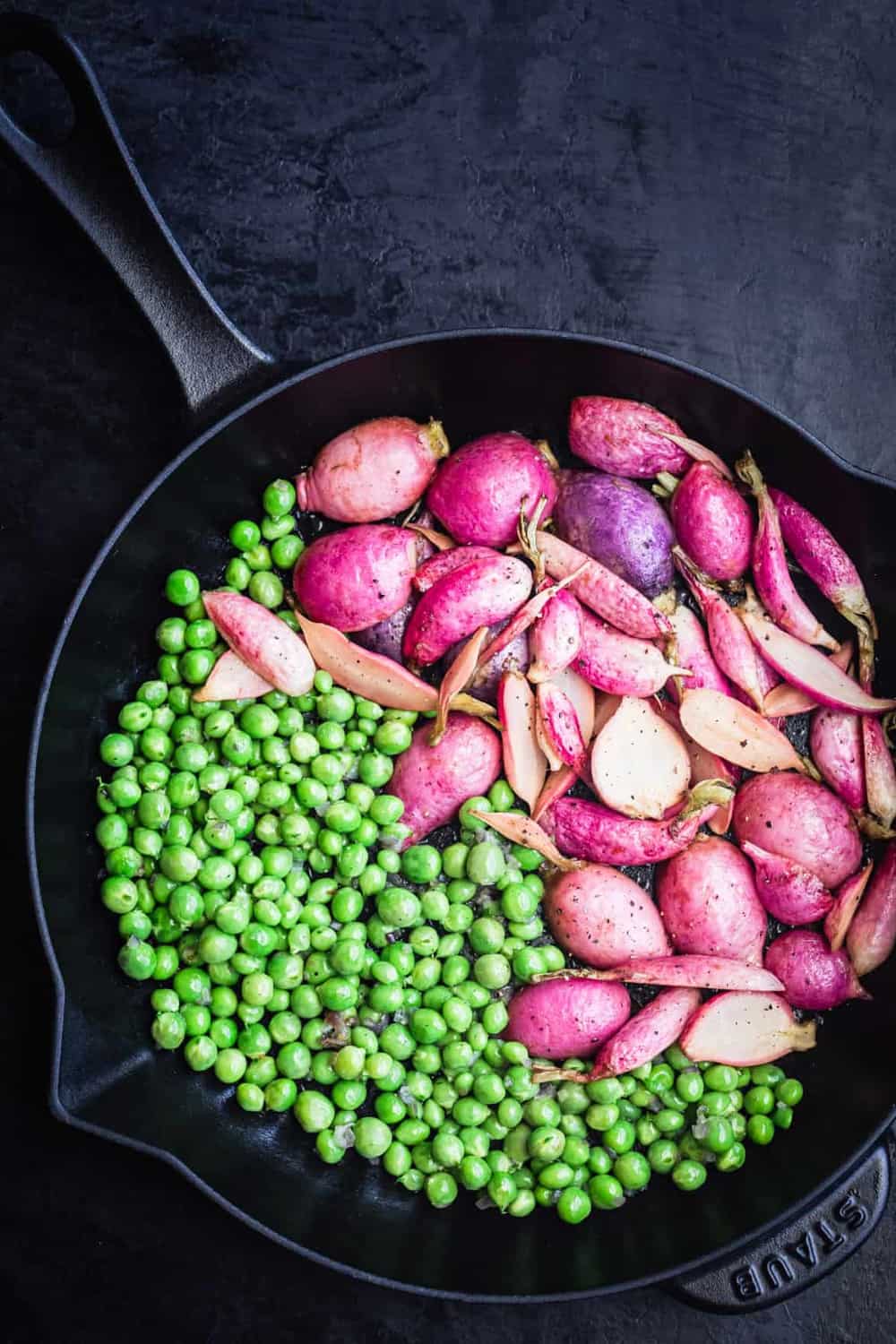
- Spinach. Spinach and peas are both low-maintenance crops that can be planted together in the same garden bed. They also help to suppress weeds and attract beneficial insects.
- Tomatoes. Tomatoes and peas are both heavy feeders, so they benefit from being planted together. Tomatoes help to shade peas from the sun, while peas help to improve the drainage of the soil.
In addition to these plants, there are a few other companion plants that can be beneficial for peas. These include beans, broccoli, Brussels sprouts, oregano, and thyme.
When choosing companion plants for peas, it is important to consider the plants' growing requirements and how they can benefit each other. By planting the right companion plants, you can help your peas thrive and produce a bountiful harvest.
FAQ of companion plants with peas
- What are the best companion plants for peas?
Some of the best companion plants for peas include:
* Beans: Beans are legumes, just like peas, so they can help to fix nitrogen in the soil. This can benefit both plants and can help to reduce the need for fertilizer.
* Carrots: Carrots and peas have different growth habits, so they won't compete for space or resources. Carrots also help to repel pests that can damage peas.
* Celery: Celery and peas both thrive in cool, moist soil. They can also help to shade the roots of peas, which can help to prevent them from drying out.
* Corn: Corn can provide shade for peas and help to protect them from pests. Peas, in turn, can help to fix nitrogen in the soil for corn.
* Cucumbers: Cucumbers and peas have similar water and nutrient requirements, so they can be planted together without competing for resources. Cucumbers can also help to shade the roots of peas, which can help to prevent them from drying out.
- What are some companion plants that should be avoided when planting peas?
Some companion plants that should be avoided when planting peas include:
* Onions: Onions can release compounds that can stunt the growth of peas.
* Brassicas: Brassicas, such as broccoli, cabbage, and cauliflower, can attract pests that can also damage peas.
* Potatoes: Potatoes can harbor the same diseases that can damage peas.
* Tomatoes: Tomatoes can release compounds that can inhibit the growth of peas.
* Spinach: Spinach can compete with peas for nutrients and water.
- How do companion plants benefit peas?
Companion plants can benefit peas in a number of ways, including:
* Attracting beneficial insects: Some companion plants, such as marigolds and nasturtiums, attract beneficial insects that can help to control pests that damage peas.
* Repelling pests: Some companion plants, such as garlic and chives, release compounds that can repel pests that damage peas.
* Providing shade: Some companion plants, such as corn and sunflowers, can provide shade for peas, which can help to protect them from the hot sun.
* Improving soil quality: Some companion plants, such as legumes, can help to improve soil quality by fixing nitrogen in the soil. This can benefit both plants and can help to reduce the need for fertilizer.
* Using space efficiently: Some companion plants, such as peas and beans, can be planted together to use space efficiently.
- What are some tips for companion planting with peas?
Here are some tips for companion planting with peas:
* Do your research: Before you plant any companion plants with peas, do your research to make sure that they are compatible.
* Plant in the right location: Peas need full sun, so make sure to plant them in a location that gets plenty of sunlight.
* Plant the right distance apart: Peas need plenty of space to grow, so make sure to plant them the recommended distance apart.
* Water regularly: Peas need regular watering, especially during hot, dry weather.
* Fertilize as needed: Peas benefit from a light application of fertilizer, especially if the soil is poor.
Image of companion plants with peas
- Carrots - Peas help to deter carrot flies, which are a common pest of carrots.
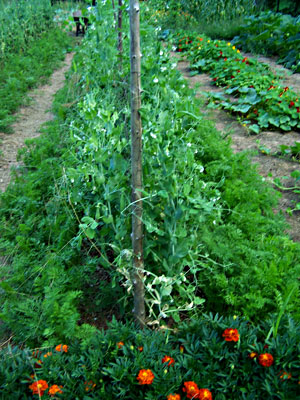
- Cucumbers - Peas can help to prevent powdery mildew, a fungal disease that can affect cucumbers.
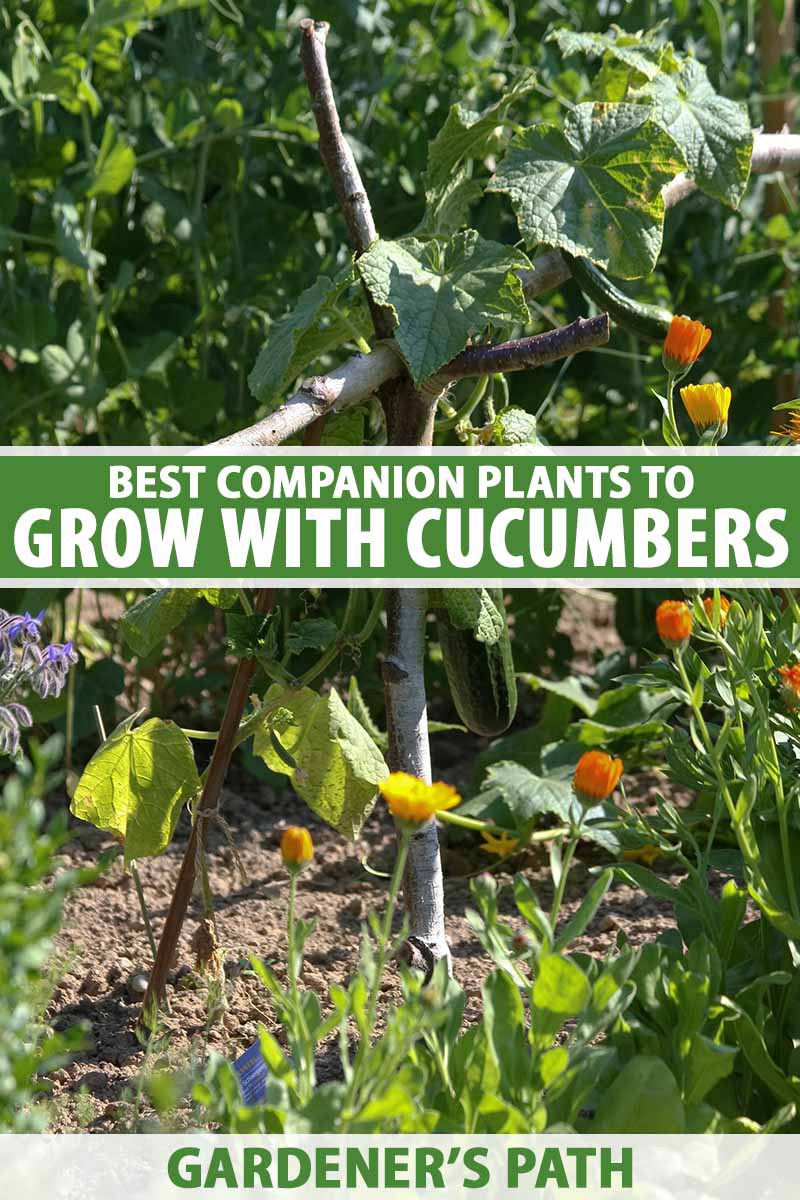
- Lettuce - Peas help to improve the soil aeration, which can benefit lettuce plants.

- Melons - Peas help to attract pollinators, which are essential for melons to set fruit.
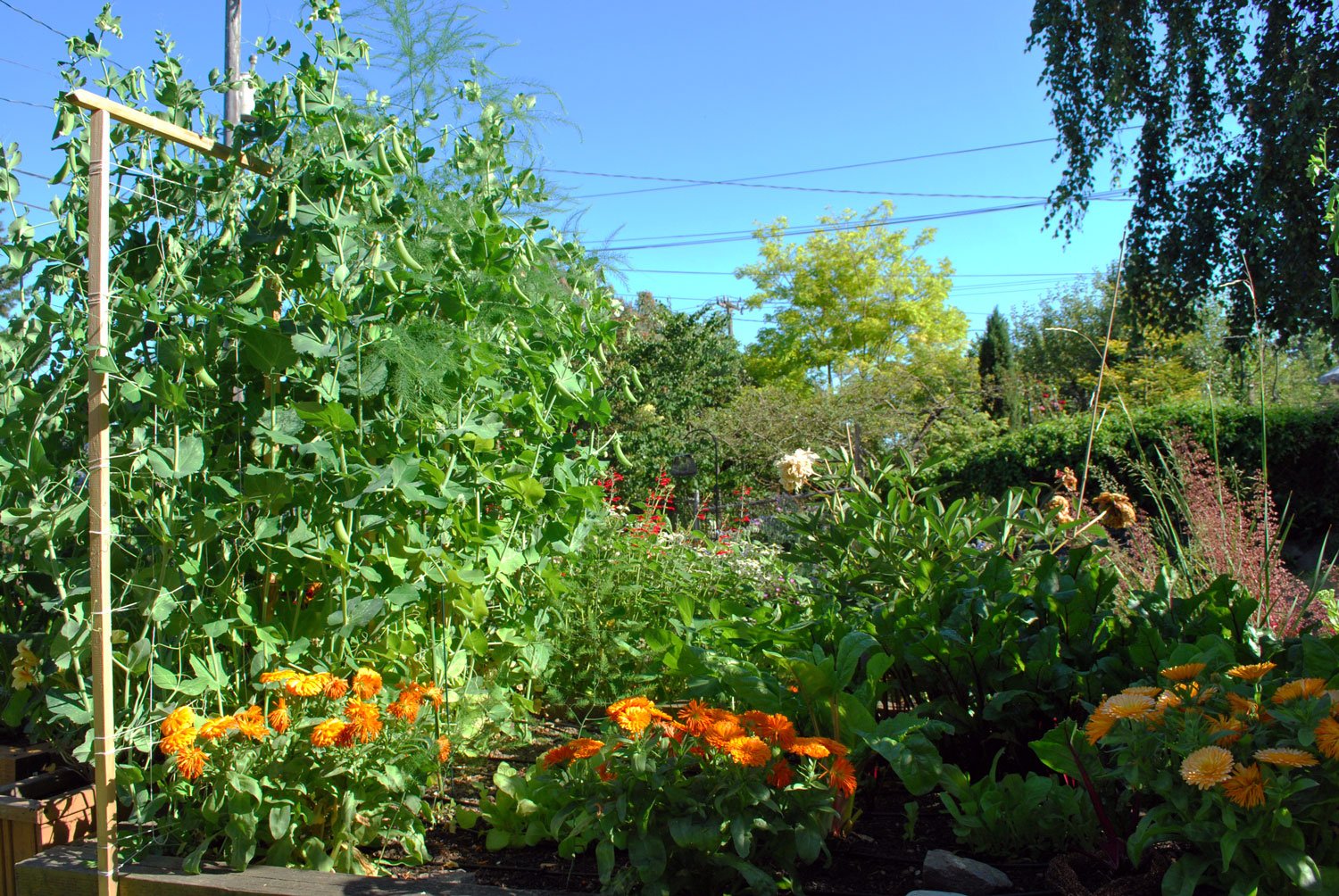
- Potatoes - Peas help to suppress weeds, which can compete with potatoes for water and nutrients.
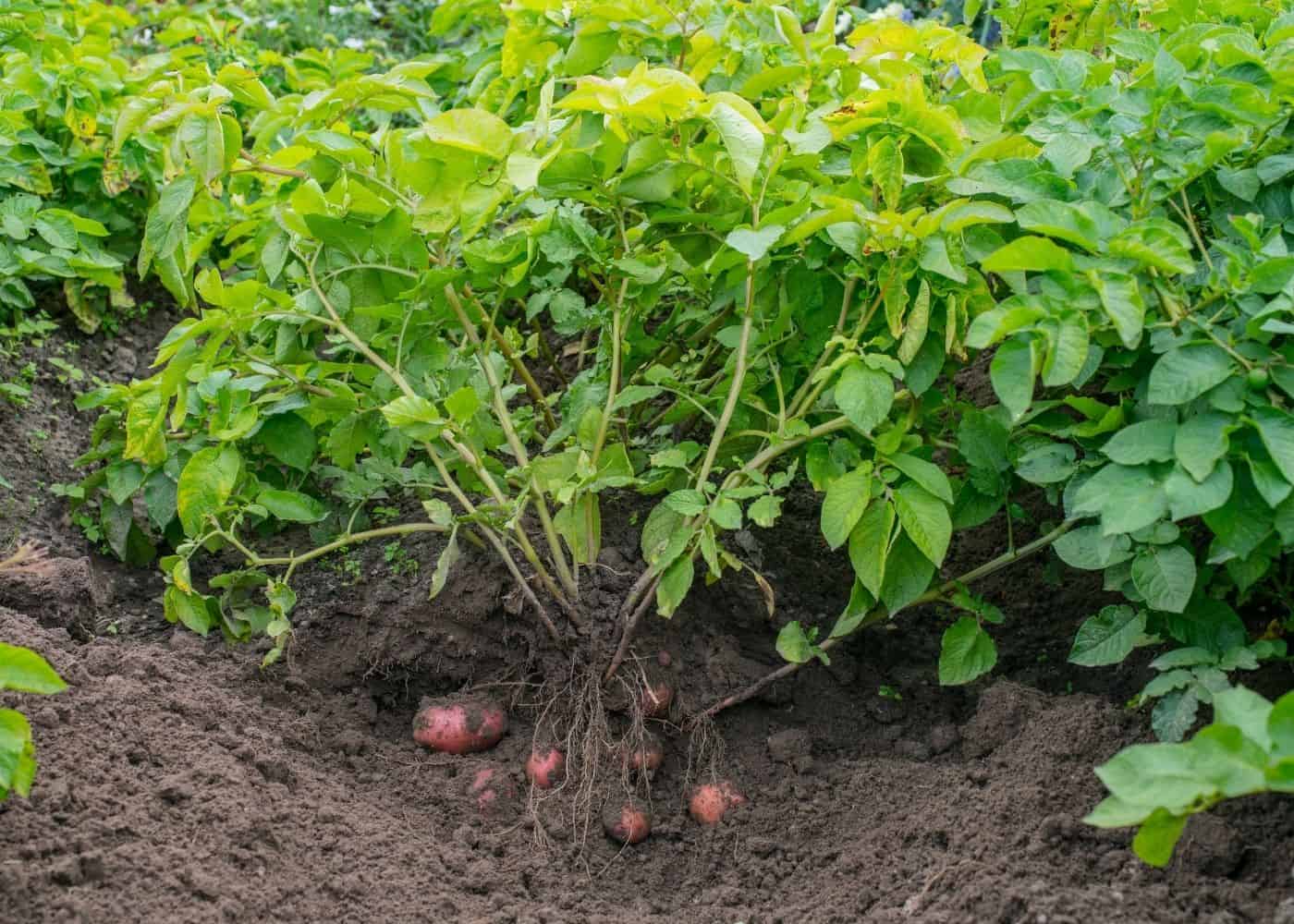


Post a Comment for "The Best Companion Plants For Peas"